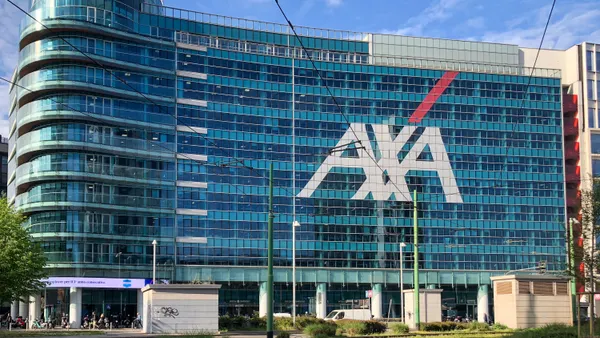Before a new technology project can be considered a success, businesses require broad tool adoption. Without a plan to address adoption issues, businesses can lose money, time and employees.
Companies faced additional costs of almost $100 million in 2021, due to a combination of employee attrition caused by frustrations with tech; compensation for employees’ technology issues; increased costs to meet strategic goals; and an inability to realize the full value of application investments, according to a report from WalkMe, which surveyed almost 1,500 senior business leaders.
Amid adverse macroeconomic conditions, companies lean on technology to accelerate operations and drive business value.
“If I look at our customer base, in general, we’re seeing that there is an appetite for them to invest more in technologies that allow them to drive efficiency, save and do more with less,” Stephen Franchetti, CIO at Samsara, said.
For business leaders pressured to do more with less, identifying which new technology will bring the most value to the organization might seem like the most difficult part. But that's just step one.
“A lot of CIOs will say, the technology is easier,” Brian Jackson, research director at Info-Tech Research Group, said. “But getting people to use it is a whole other challenge.”
There are many reasons why employees might be hesitant to introduce a new tool into their day-to-day activities. Staff members might want to hang on to familiar processes or perceive the change as complicating their workflow. Users also might not feel comfortable enough to use the new tool or they might not know that a change has happened, according to research from Info-Tech Research Group.
In order to reach widespread adoption, IT teams need to connect with the end users whose work is supposed to improve thanks to a new tool.
“When you’re able to understand the people that you’re actually serving and thinking about the users and explaining to them how [the new technology] solves their problems, that goes a long way in demonstrating the value,” Jackson said.
Internally at Samsara, Franchetti focuses on a “closed loop process” in which teams go beyond the technical aspect of deploying software or tools.
“Probably one of the most important, if not the most important, aspect of deploying technology is the last mile,” Franchetti said. The internal IT teams discuss rollout plans, training and how to communicate the change with other employees. The tech team also monitors adoption rates to identify potential problems.
“Oftentimes, you find that if someone hasn’t adopted a particular technology, it’s probably due to the user experience associated with that,” Franchetti said. Selecting technologies with exceptional user experience can boost the likelihood of widespread adoption.
For tech departments, moving from troubleshooting to innovating, soft skills related to user experience are vital. Especially when the new technology isn’t necessarily fixing a problem pointed out by end users.
Jackson suggests tech teams reach out to newer employees as a way to provide a proof of concept for others. This allows others to see the benefits without having to persuade workers who are entrenched in older procedures and tools.















